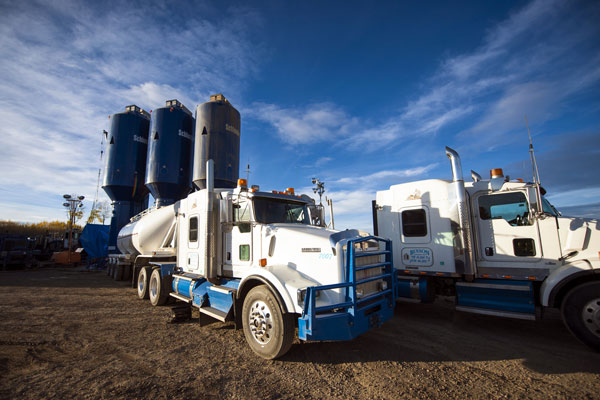- South Texas Students Meet Accordion Music Icons Los Tigres Del Norte In Edinburg Thanks To Khs America/Hohner Alianza Académica Initiative
- Fragile Planet Offers a Nighttime Wildlife Experience
- Falcons Soccer Off & Running
- Cameron County Receives Funds to Improve Two Parks
- Falcons Complete First Half of 32-6A
- School District to Help out Victims of California Wildfires
- Sand Castle Days Continued Despite Unexpected Weather
- Ready for District
- Discussion of Garbage Dumpster Rates, Agreements Between State & City on Highway Regulations, and More
- 31st Annual Shrimp Cook-Off is Right Around the Corner
Report Lists Top 11 Companies for Methane Pollution
- Updated: July 1, 2016

Methane emissions from hydraulic fracturing operations contribute to climate change. Photo: MajaPhoto/iStock
by Mark Richardson
AUSTIN, Texas – Five regions of Texas, including the massive Permian Basin and the Gulf Coast Basin, are among the areas of the country experiencing the most methane pollution leaked by hydraulic fracturing and other oil and gas production. According to the Center for American Progress, 11 companies emitted half of the methane pollution from onshore oil and gas production in 2014, more than 48 million metric tons of carbon dioxide equivalent. Krystal Henagan, Texas field organizer for Moms Clean Air Force, said regulatory agencies in Texas aren’t doing much to solve the problem, leaving it up to producers.
“We haven’t been able to rely on individual companies to take these leaks on aggressively, as far as detecting them and plugging them,” she said. “So far, it’s just been voluntary, and here in Texas, I believe less than one percent has done that.”
The report said there are more than 180 thousand wells across Texas, which it conservatively estimates emit over 16 million metric tons of carbon dioxide equivalent per year. It also notes that volatile organic compounds and other toxins often leak along with methane, worsening air quality and contributing to climate change.
Alison Cassady, director of domestic energy policy for the Center for American Progress, said there are many companies using best practices to reduce methane emissions, but the concern is with those operations that are not.
“This is technology that exists, it’s on the shelves, and companies across the country are using it,” she said. “Methane is a super-charged global warming pollutant that is much more potent than carbon dioxide, and that’s why we’re so interested in cutting methane pollution from the largest industrial source – the oil and gas sector.”
The Environmental Protection Agency recently finalized limits on methane emissions from new sources, and there are calls for the agency to also set standards for wells and equipment already in operation.
The full report can be read online here.
